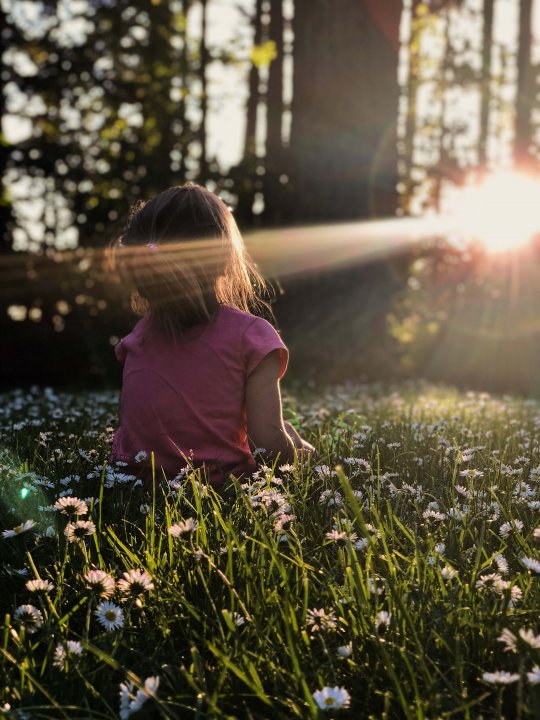Feel stronger, experience deeper. Mindfulness exercises for the whole family

Life on autopilot
In the morning, on our way to work or driving our child to preschool, we are on autopilot, already busy thinking about the day ahead. We automatically take the right turns as it’s the hundredth time we take this route, not always noticing what we’re passing on the way. Do we pay attention to the buildings, to nature and to the way this view affects us? Could we reconstruct our daily route in our minds? Maybe, along the way, there’s a place that you particularly like or one that you’d like to avoid? We can approach our relationships in a similar way. Rushing your day and being stuck in a rut, limit our ability to see ourselves. It limits our vision of what’s happening to us, the impact we have on ourselves and what emotions accompany us. Therefore, we may miss the processes we and our loved ones go through. So, let’s stop for a moment. Let’s take a breath and feel.
Slow down
We invite you to practise mindfulness. Close your eyes for a moment. Listen to the sounds of the room you’re in... Maybe you can hear what’s going on outside? Now concentrate on the sounds outside the window... Now listen to your body. Try to feel your breath and for a moment focus on tracking how you’re inhaling and exhaling. Open your eyes slowly.
Stop and listen
Sometimes in our daily rush, we don’t notice that right next to us, there’s someone who needs our attention. And sometimes we think that no one can hear us... How do we feel then? What can we do? Such reflection can be a starting point for talking to children about seeking understanding and a common language, about mindfulness, tuning in to others, about peace and needs.
Feel
When we’re detached from our emotions, our vision of the world may be distorted. The way we are perceived by others may not be consistent with who we are either. We often deliberately disconnect from our feelings because they can be difficult. Some of us just haven’t learned to express them in a safe and adequate way. That is why it’s important to teach children to recognise, name and express emotions from an early age. A good excuse to talk about emotions may be referring to the experiences of the characters from your children’s books.
Stone game
Suggest your household members play the stone game. Check if you can contact stones the way you do with a friend. Everyone takes a pebble and tries: to say hello to the stone and get an answer; to cheer up the stone by telling it a joke or to make it happy some other way; to get the stone emotional, by telling a short, sad story or singing a sad song. Then one of you plays the stone and other household members try to make them laugh and get some answer. Of course, the point is to keep a straight face. Talk about whether your stones have reacted. Note that we, as people, feel and experience different emotions. This means that, for example, the adventures we experience become meaningful, we remember them and we talk about them with friends. We can tell others what we’ve experienced. Thanks to the fact that we feel emotions, we can laugh, cry, hug and show love. Feeling emotions allows us to build relationships with other people and react to what is happening around us. Express them!
All source materials are prepared by the team of Kulczyk Foundation’s Education Department in cooperation with teachers and experts – pedagogists, psychologists and cultural experts – and verified by an experienced family therapist Kamila Becker. Kinga Kuszak, PhD, Professor of Adam Mickiewicz University, Faculty of Educational Studies, provides content-related supervision over Kulczyk Foundation’s educational materials. All materials are covered by the content patronage of the Faculty of Educational Studies of Adam Mickiewicz University.
The article was published on 08.05.2020 on the website of Instytut Dobrego Życia (Good Life Institute)
Authors: Anna Samsel (Kulczyk Foundation) and Anna Woźniak (Instytut Dobrego Życia)

